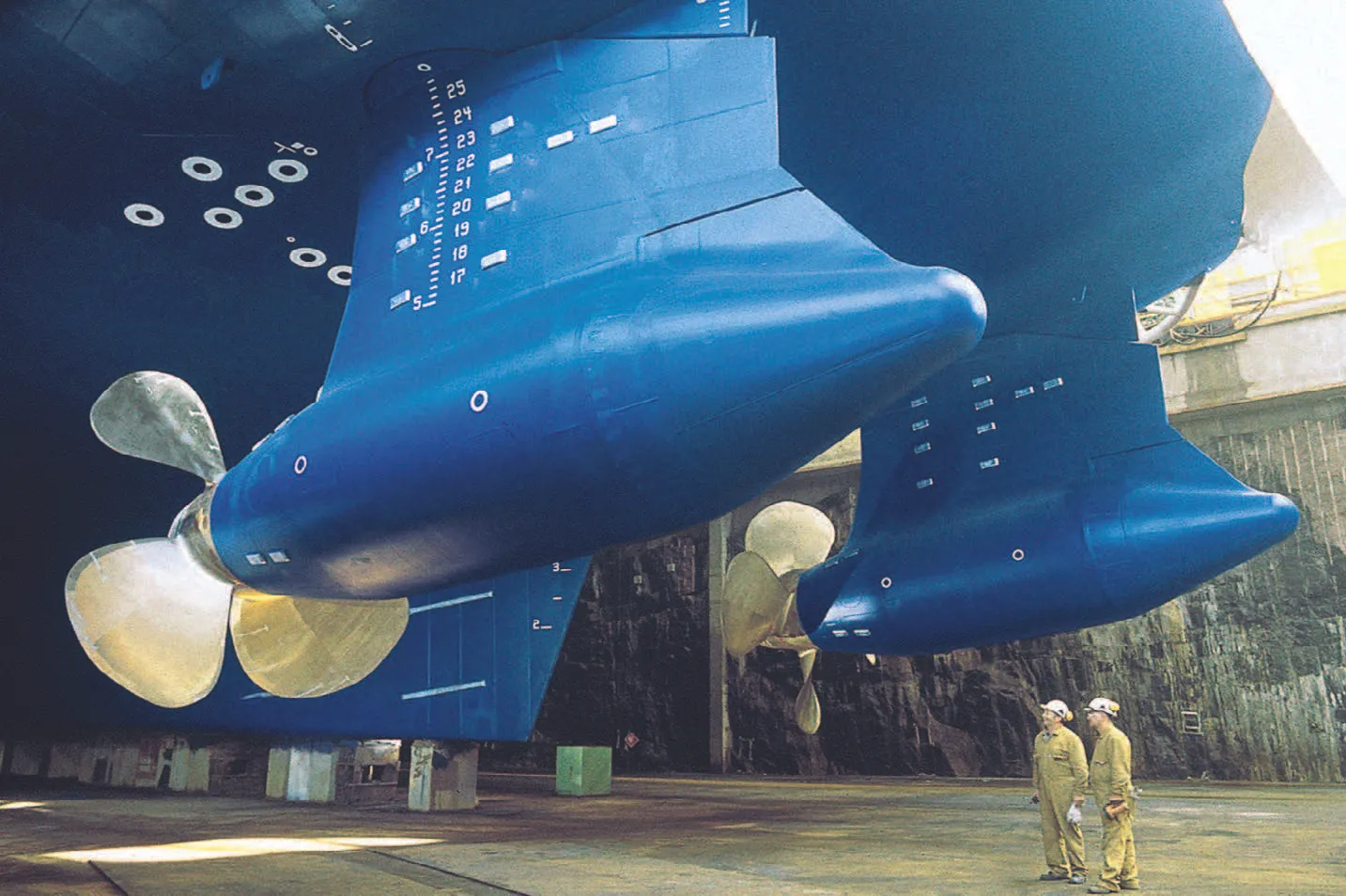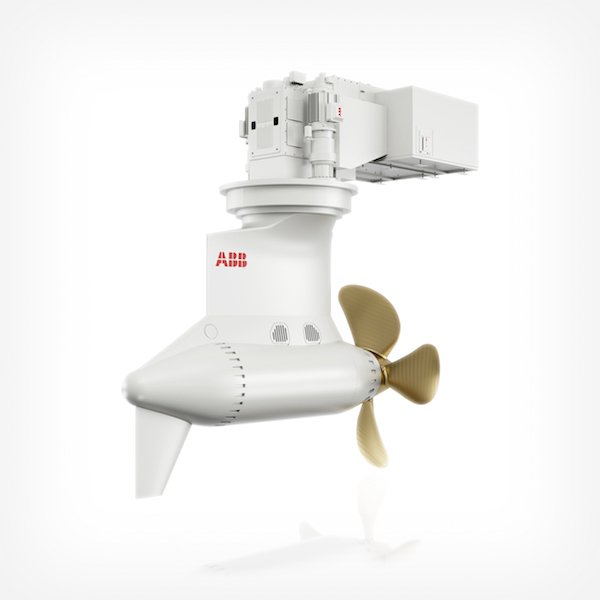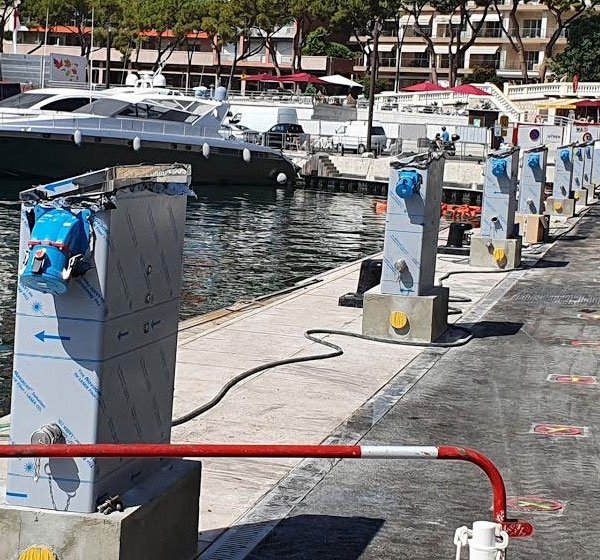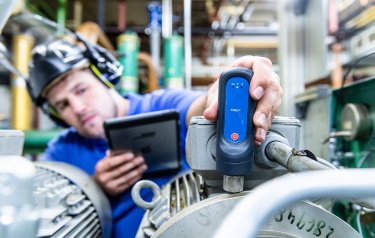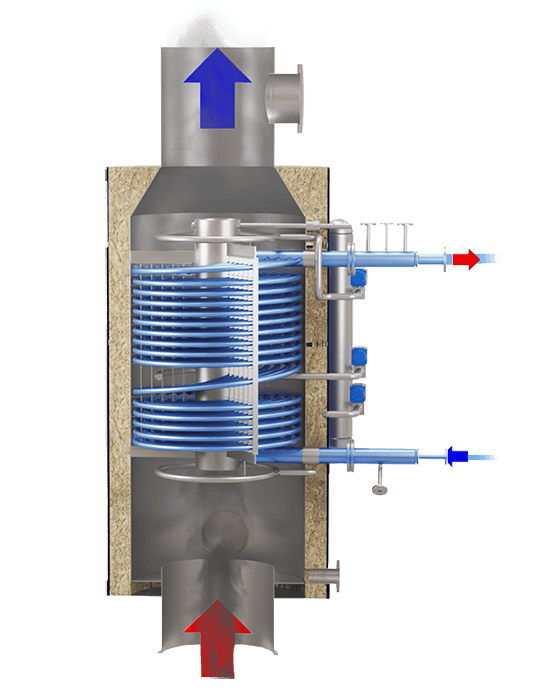
Contents
- Introduction
- Function of an Exhaust Gas Boiler
- Components of an Exhaust Gas Boiler
- Operation and Efficiency
- Advantages of Using an Exhaust Gas Boiler
- Maintenance and Safety Considerations
- Popular Manufacturers and Models
- Conclusion
1. Introduction
An exhaust gas boiler (EGB), also known as an economizer, is a key component on maritime ships designed to utilize the waste heat from the ship’s main engine exhaust gases to produce steam. This steam is then used for various purposes onboard, significantly improving the overall energy efficiency of the vessel.
2. Function of an Exhaust Gas Boiler
The primary function of an exhaust gas boiler is to recover waste heat from the engine exhaust and convert it into useful steam energy. This process contributes to the ship’s overall energy efficiency and reduces fuel consumption by making use of energy that would otherwise be lost.
3. Components of an Exhaust Gas Boiler
An exhaust gas boiler typically consists of several critical components:
- Economizer Tubes: These tubes facilitate the heat exchange between the hot exhaust gases and the water/steam circulating within the boiler.
- Steam Drum: This component collects and distributes steam generated from the heated water in the economizer tubes.
- Feed Water Pump: Supplies water to the boiler at the required pressure.
- Safety Valves: Prevent overpressure within the boiler by releasing excess steam.
- Control Systems: Monitor and regulate the boiler’s operation, ensuring optimal performance and safety.
4. Operation and Efficiency
The operation of an exhaust gas boiler involves the following steps:
- Exhaust Gas Flow: Hot exhaust gases from the main engine pass through the economizer tubes.
- Heat Transfer: The heat from the exhaust gases is transferred to the water/steam circulating in the tubes.
- Steam Generation: The absorbed heat converts the water into steam, which is collected in the steam drum.
- Steam Utilization: The generated steam is used for various shipboard applications, such as heating, propulsion support, and powering auxiliary systems.
Efficiency improvements in exhaust gas boilers are achieved through:
- Optimal Design: Efficient heat transfer surfaces and effective gas flow pathways.
- Insulation: Minimizing heat loss through proper insulation of the boiler and associated piping.
- Control Systems: Advanced control systems that ensure the boiler operates within optimal parameters.
5. Advantages of Using an Exhaust Gas Boiler
- Energy Efficiency: Recovers waste heat, reducing overall fuel consumption.
- Cost Savings: Decreases fuel costs by utilizing free waste heat.
- Environmental Benefits: Lowers greenhouse gas emissions by reducing fuel consumption.
- Operational Flexibility: Provides steam for various shipboard applications, enhancing operational efficiency.
6. Maintenance and Safety Considerations
Proper maintenance and safety measures are crucial for the reliable and efficient operation of an exhaust gas boiler:
- Regular Inspections: Routine checks for wear, corrosion, and fouling in the economizer tubes and other components.
- Cleaning: Periodic cleaning to remove soot and other deposits that can impair heat transfer efficiency.
- Monitoring Systems: Continuous monitoring of pressure, temperature, and water levels to prevent accidents.
- Safety Protocols: Adherence to safety standards and procedures to protect against overpressure and other hazards.
7. Popular Manufacturers and Models
Several manufacturers provide high-quality exhaust gas boilers for maritime applications. Here are some of the leading manufacturers, popular models, and approximate prices:
Alfa Laval
- Model: Aalborg XS-TC7A
- Features: Compact design, high efficiency, integrated control systems.
- Price: Approximately $100,000 to $300,000, depending on specifications and ship size.
Wärtsilä
- Model: Wärtsilä Exhaust Gas Boiler (W-EGB)
- Features: Robust construction, high heat recovery, easy maintenance.
- Price: Approximately $150,000 to $350,000, based on configuration and vessel requirements.
Kangrim
- Model: Kangrim EGB
- Features: High thermal efficiency, reliable performance, modular design.
- Price: Approximately $120,000 to $280,000, depending on system size and features.
Saacke
- Model: Saacke Exhaust Gas Boiler
- Features: Efficient heat recovery, compact footprint, advanced control systems.
- Price: Approximately $130,000 to $300,000, based on customization and ship specifications.
Mitsubishi Heavy Industries (MHI)
- Model: MAC-B Boiler
- Features: High efficiency, durable construction, integrated safety features.
- Price: Approximately $140,000 to $320,000, depending on vessel size and design requirements.
8. Conclusion
Exhaust gas boilers play a vital role in enhancing the energy efficiency and operational performance of maritime ships. By recovering waste heat from the main engine exhaust, these boilers provide valuable steam energy for various applications, contributing to cost savings and environmental sustainability. Proper maintenance and adherence to safety protocols ensure their reliable and efficient operation.
For more information on maritime ship components and technologies, visit maritimehub.com

